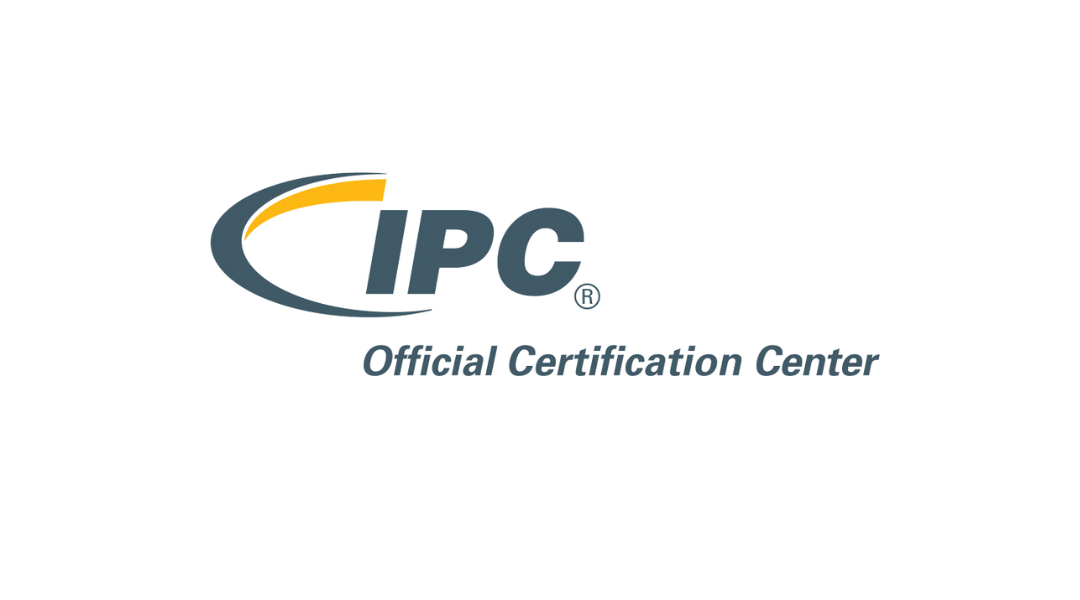[et_pb_section fb_built=”1″ admin_label=”section” _builder_version=”4.24.0″ background_color=”RGBA(255,255,255,0)” custom_margin=”0px|||0px|false|false” custom_padding=”30px|0px||0px|false|false” global_colors_info=”{}”][et_pb_row admin_label=”row” _builder_version=”4.24.0″ background_size=”initial” background_position=”top_left” background_repeat=”repeat” width=”90%” max_width=”100%” custom_padding=”0px||||false|false” global_colors_info=”{}”][et_pb_column type=”4_4″ _builder_version=”4.16″ custom_padding=”|||” global_colors_info=”{}” custom_padding__hover=”|||”][et_pb_text admin_label=”Text” _builder_version=”4.27.3″ background_size=”initial” background_position=”top_left” background_repeat=”repeat” background_layout=”dark” global_colors_info=”{}”]
In aerospace and defence electronics, the stakes are immeasurably high, and the room for error is nonexistent. Electronics Protection in Aerospace and Defence is not merely a protocol; it’s an absolute necessity. Ensuring that every component functions flawlessly is critical, given the environments these electronics must endure. This is why IPC standards are so crucial—they are the bedrock of quality, reliability, and consistency in electronics manufacturing. In this blog, I’ll delve into the nuances of these standards, explore common misunderstandings, and discuss why tailored training is indispensable for achieving zero-margin error performance.
——————–
The Critical Importance of IPC Standards
IPC standards serve as an industry benchmark, meticulously overseeing every stage of the electronics product lifecycle—from initial design right through to final packaging. Their all-encompassing nature ensures not only the highest quality but also a consistent level of reliability across different production runs. From my extensive experience in the sector, I can assert that IPC standards act as a guiding compass, keeping manufacturing practices aligned with the rigorous demands of aerospace and defence applications. These standards are indispensable in mitigating risks and establishing a robust framework that reassures both manufacturers and end-users of a product’s dependability.
Yet, the true value of IPC standards lies in their capacity to create a common language across the industry. They provide a set of universal guidelines that help to harmonise various manufacturing processes, making sure that every stakeholder is on the same page. This shared understanding is particularly crucial in aerospace and defence, where even a minor deviation can lead to significant repercussions.
IPC standards are not static; they evolve in response to technological advancements and emerging industry challenges. This dynamic nature ensures that we remain at the cutting edge of best practices. By adhering to these standards, we not only uphold the integrity of our products but also drive continuous improvement in our manufacturing processes. Adherence to IPC standards is not just about compliance; it’s about striving for excellence in every facet of electronics production. This unwavering commitment to quality and reliability is what sets us apart in the high-stakes world of aerospace and defence.
Common Misunderstandings in Basic Practices
Despite the comprehensive nature of IPC standards, there are often discrepancies in how teams interpret and implement fundamental practices such as soldering and handling. These variations can lead to inconsistencies, ultimately compromising the quality and reliability of the final product. Over the years, I’ve observed that even seasoned professionals can have different approaches to what they consider ‘basic’ techniques. For instance, some might believe they are following best practices when, in reality, they are deviating from the standard procedures set out by IPC.
Take soldering, for example. It’s a meticulous process that demands precision, yet I’ve encountered instances where team members apply too much or too little solder or fail to ensure a clean and controlled environment. These small deviations can result in poor electrical connections or, worse, complete failure of the component under stress. In an industry where every single part must perform flawlessly, these errors are unacceptable.
Handling is another area rife with misunderstanding. Sensitive electronic components require careful handling to avoid damage from electrostatic discharge (ESD) or physical mishandling. However, I’ve seen cases where team members, perhaps due to oversight or lack of training, neglect to follow ESD protocols or use improper tools, thereby risking the integrity of the components.
These basic errors might appear trivial but can have far-reaching consequences. That’s why I am a firm advocate for precise, hands-on training that not only clarifies these misconceptions but also instils a rigorous adherence to best practices. By addressing these misunderstandings head-on, we can ensure a level of quality and reliability that is non-negotiable in aerospace and defence electronics manufacturing.
The Zero Margin for Error in High-Performance Electronics
In high-performance electronics manufacturing for aerospace and defence, precision is paramount. The stakes are incredibly high, and there is absolutely no room for error. Every component and every assembly process must function perfectly, even under the most extreme conditions. A minor deviation from protocol can result in catastrophic failure, a scenario we simply cannot afford.
Having worked in this industry for many years, I’ve witnessed firsthand the crucial role that rigorous adherence to standards plays. The environments in which these electronics operate are unforgiving, and even the smallest oversight can lead to severe consequences. It is our responsibility to ensure that every team member is fully aligned in their understanding and execution of these critical standards.
It’s not just about following the IPC standards to the letter; it’s about internalising them to the point where precision becomes second nature. When each team member knows exactly what is required and why it is essential, we create a robust framework that leaves no room for error. This level of meticulous attention to detail is what defines high-performance electronics manufacturing in aerospace and defence.
It’s essential to foster an environment where questioning and continuous improvement are encouraged. If someone spots a potential issue, they should feel empowered to speak up and suggest improvements. This collaborative approach ensures that we are always refining our processes, making them even more foolproof.
Through tailored training and a steadfast commitment to excellence, we can build a culture where reliability is ingrained in every action we take. This is how we achieve zero margin for error, ensuring our products perform flawlessly when it matters most.
Tailored Soldering Training for Your Organisation
In the high-stakes environment of aerospace and defence, ensuring your team is proficient in soldering is not just beneficial—it’s imperative. From my extensive experience, I’ve seen how tailored soldering training can transform a team’s capability and confidence. We design our training programmes to address the specific needs and challenges unique to your organisation. Whether it’s refining basic techniques or mastering advanced processes, our goal is to build a solid foundation that fosters both competence and consistency.
Our approach begins with a thorough assessment of your current practices. We identify areas where there might be deviations from IPC standards and create customised modules that bridge these gaps. This hands-on training is designed to translate theoretical knowledge into practical skill, ensuring that each team member can execute soldering tasks with precision and consistency.
We also focus on creating an environment where questions and feedback are encouraged. This interactive approach not only enhances learning but also builds a culture of continuous improvement. By instilling these practices, we help your team internalise the importance of meticulous attention to detail, thus ensuring that every solder joint is flawless and reliable.
Ultimately, our tailored soldering training is about empowering your team to achieve the highest standards of quality and reliability, essential for the unforgiving demands of aerospace and defence electronics.
Handling Training to Ensure Maximum Protection
In the world of aerospace and defence electronics, the significance of proper handling cannot be overstated. Mishandling electronic components can result in catastrophic failures, even if the components themselves are impeccably manufactured. That’s why we place such a strong emphasis on handling training. From my experience, I’ve seen how nuanced the process can be. It’s not just about avoiding physical damage; it’s about understanding the myriad ways that mishandling can degrade performance, whether through electrostatic discharge (ESD) or contamination.
Our handling training programmes are meticulously designed to address these challenges head-on. We start by educating your team on the critical importance of maintaining ESD-safe environments and the proper use of tools. Then, we delve into the specific techniques required to handle different types of components.
The training is highly interactive, allowing team members to practise under guided supervision. This hands-on approach ensures they gain the confidence and competence needed to handle components correctly every time. By implementing these rigorous handling protocols, we can help your organisation maintain the highest levels of product integrity and reliability, essential in the high-stakes arena of aerospace and defence electronics.
Building a Culture of Competence and Reliability
In my years working in aerospace and defence electronics, I’ve learnt that building a culture of competence and reliability is paramount. It starts with instilling a sense of pride and responsibility in every team member, ensuring that they understand the critical role they play in the production process. This is not just about following procedures—it’s about internalising them.
Our approach centres on continuous learning and improvement. By providing ongoing training tailored to the specific needs of our team, we ensure that everyone remains up-to-date with the latest standards and techniques. This is crucial because the field of electronics protection in aerospace and defence is ever-evolving, and staying ahead requires a commitment to lifelong learning.
We also encourage open communication and collaboration. Team members are urged to share insights, raise concerns, and suggest improvements. This creates an environment where everyone feels valued and contributes to the collective knowledge base. When issues are identified, they are addressed promptly, and solutions are implemented across the board to prevent recurrence.
Ultimately, our goal is to cultivate a workforce that operates with precision and confidence, producing electronics that can withstand the most demanding conditions. By fostering this culture, we ensure that our products not only meet but exceed the stringent requirements of aerospace and defence, solidifying our reputation as leaders in the field.
——————-
[/et_pb_text][/et_pb_column][/et_pb_row][/et_pb_section]





